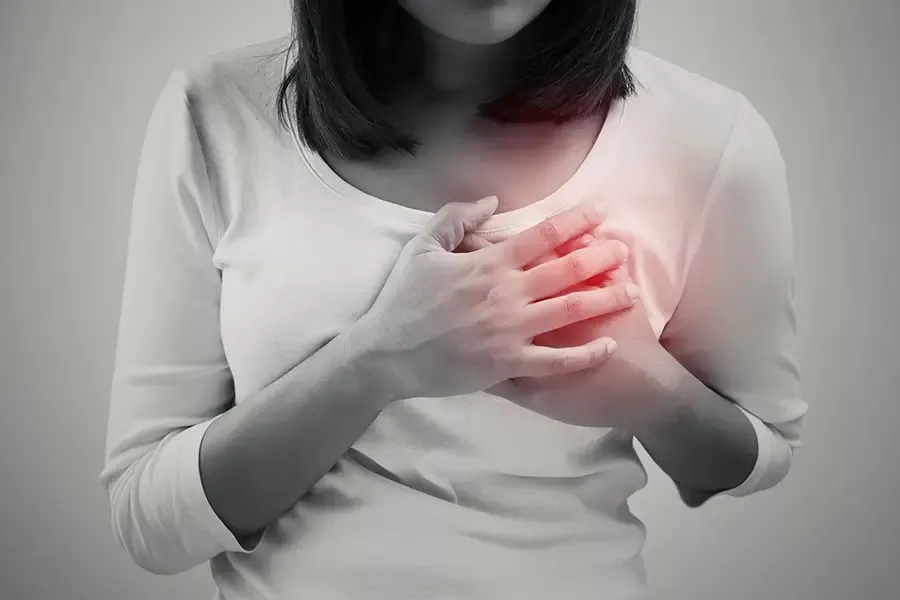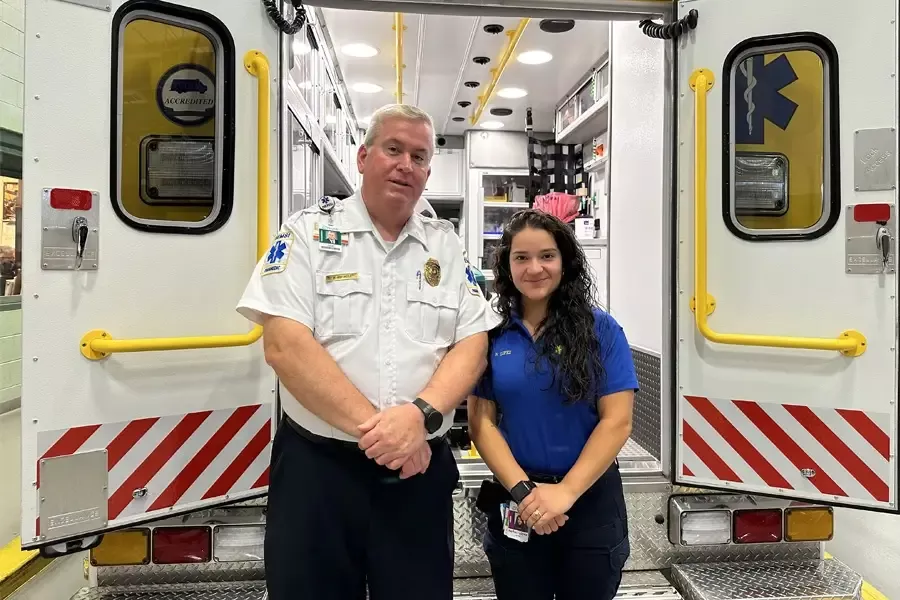
Heart disease doesn’t discriminate based on gender, but its symptoms can manifest differently in women compared to men. While chest pain is a classic symptom for both sexes, women are more likely to experience subtler signs such as fatigue, shortness of breath, nausea and discomfort in the neck, jaw or back.
These signs are often mistaken or dismissed for less serious issues like indigestion or stress, which can lead to delayed diagnosis and treatment. With more medical advancements than ever to help prevent and treat heart disease, it’s time to shed light on this often overlooked epidemic and empower more women to protect their hearts.
What are the common types of heart disease in women?
Coronary artery disease (CAD) is the most common type of heart disease and the leading cause of death in women. But what is it exactly? To break it down, CAD occurs when plaque builds up in the walls of the arteries that supply blood to the heart and other parts of your body.
Another common form of heart disease is arrhythmia, which is when your heart beats too slowly, too fast or in an irregular way. An example of this would be Atrial Fibrillation (AFib), which you can read more about here.
Finally, we can’t talk about heart disease without discussing heart failure. This happens when your heart is too weak to pump enough blood to support your body’s organs. Heart failure affects about 6.2 million adults in the U.S.
What heart attack signs in women should I look for?
Did you know women are less likely than men to report having severe chest pain as a heart attack symptom? Instead, many women describe feeling heavy pressure or tightness in the chest while having a heart attack.
Here are a few other heart attack symptoms in women to be aware of:
- Neck, jaw, shoulder, upper back or upper belly (abdomen) discomfort
- Shortness of breath
- Pain in one or both arms
- Nausea or vomiting
- Sweating, dizziness or lightheadedness
- Unusual fatigue
- Heartburn (indigestion)
What about stroke symptoms?
Similar to a heart attack, a stroke is a medical emergency often resulting from high blood pressure and age. If you suspect you might be having a stroke, please act F.A.S.T. to decrease your chances of permanent brain damage or death:
F – Face – Does one side of the face droop when smiling?
A – Arms – Does one arm drift downward when both arms are raised?
S – Speech – Is speech slurred or strange when speaking?
T – Time – Call 9-1-1 right away if you see any of these signs
Because women often dismiss heart attack and stroke symptoms for something minor, they can sometimes miss the critical window for receiving emergency treatment when the chances of a full, meaningful recovery are highest. Ladies, please listen to your bodies and don’t hesitate to call 9-1-1 if you have any symptoms that concern you.
How do I prevent heart disease as a woman?
Don’t smoke or quit smoking now to reduce your chances of heart disease. You should also avoid or limit alcohol.
Need to shed a few pounds? With nearly 1 in 3 adults considered overweight, it’s more important than ever to exercise and maintain a healthy weight.
In addition to a sustainable fitness routine, be sure to eat a nutritious diet full of whole grains, fruits and vegetables, low-fat or fat-free dairy and lean meats. Stay away from high amounts of salt, added sugars and saturated or trans fats, if possible.
Stress can cause your arteries to tighten, which can increase the risk of heart disease, particularly coronary microvascular disease. Look for opportunities to lower your stress levels through lifestyle changes, meditation, yoga, support groups and more.
Last but not least, know your numbers! See your primary care provider to identify and manage any health conditions like high blood pressure, cholesterol and diabetes.
Need a doc? Use our convenient tool to locate a health care professional today.


